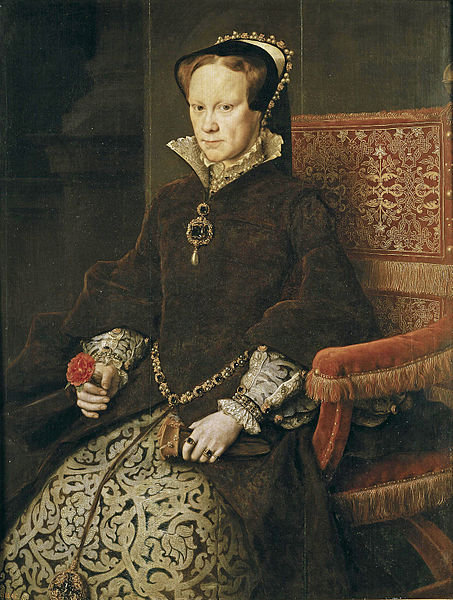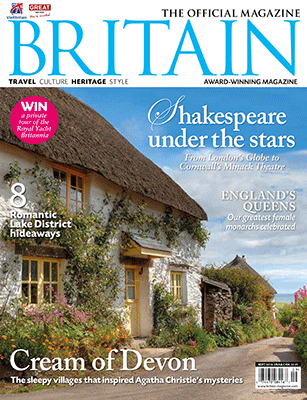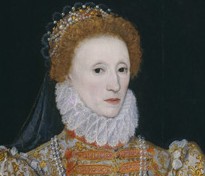The daughter of King Henry VIII and Anne Boleyn was known as the ‘Virgin Queen’ for her failure to marry but she reigned over an exciting period of English accomplishment.
From the moment of her coronation on 15 January 1559, to her death in 1603 after a long and impressive reign, Elizabeth Tudor defied her critics with her intelligence, resilience and intuition.
When she became queen in 1558, she was just 25 years old, considered illegitimate and the spawn of scandal by most of Europe. She inherited a bankrupt nation, torn by religious conflicts, and weakened by manipulation from the great powers of France and Spain.
Born the second daughter of King Henry VIII, with a younger half-brother Edward who went on to succeed their father, it seemed less than likely that Elizabeth would ever ascend to the throne. However, Edward was a sickly child and died very early, aged 15. His cousin (once removed) Lady Jane Grey became queen for a few days but was swiftly followed to the throne by Henry’s other daughter, Queen Mary I (who became known as ‘Bloody Mary’).
In a dramatic U-turn following on from Edward’s Protestant reign, Mary I, immediately embarked on a mission to return England to being a Catholic country and she burned hundreds of people at the stake for heresy. Earning herself the name ‘Bloody Mary’, her popularity rapidly waned, not helped by her decision to marry King Philip II of Spain. Under Mary’s rule, Elizabeth lived in constant danger.

When Mary died, aged just 42, it became apparent that Elizabeth would succeed her and after the bloodshed of previous years, Elizabeth’s calmer rule, encouraging more freedom of worship, was loved and welcomed.
Even the physical appearance and demeanour of the two sisters fell in Elizabeth’s favour; whereas Mary had been small and looked older than her years, Elizabeth’s fiery red-gold hair and imposing stature impressed the populace and offered fresh hope for the future.
The festivities for Queen Elizabeth I’s coronation kicked off on 14 January 1559 with a procession through London. The day-long spectacle saw the Queen carried through the streets on a golden litter and was punctuated with a series of five pageants staged by various London bodies in Elizabeth’s honour.
Elizabeth received a rapturous reception when she rode into the City of London as Queen, with her charismatic and open nature endearing her to the spectators. The coronation ceremony was a triumph, and when she was finally crowned and anointed by Owen Oglethorpe, the Catholic bishop of Carlisle, in Westminster Abbey, she was greeted by a deafening fanfare of organs, trumpets, drums and bells.
During the course of her reign, Elizabeth married herself to her country – she did not dilute her power with a consort or a king. She was accomplished and educated, and truly sought the love and admiration of her people. She was perhaps the first monarch who understood the power of ‘star quality’ and self-promotion.
Despite an intense rivalry with her cousin, Mary Queen of Scots, and a serious threat from Scotland, Elizabeth managed to accomplish a great deal for England. The Elizabethan era saw Shakespeare flourish (as well as many other great writers), while sailors and explorers brought back tall tales and riches from their travels. With the defeat of the Spanish Armada, England experienced a magnificent age under ‘Gloriana’.
(Interview by Sally Varlow.)
Related articlesBook that helped Henry VIII annul his marriage |
Click here to subscribe! |
Download BRITAIN Magazine to your mobile today

 No mobile device? Purchase directly on Zinio for your desktop!
No mobile device? Purchase directly on Zinio for your desktop!






 © 2024
© 2024